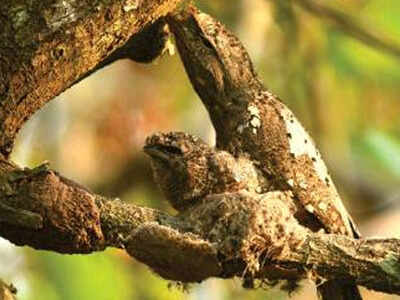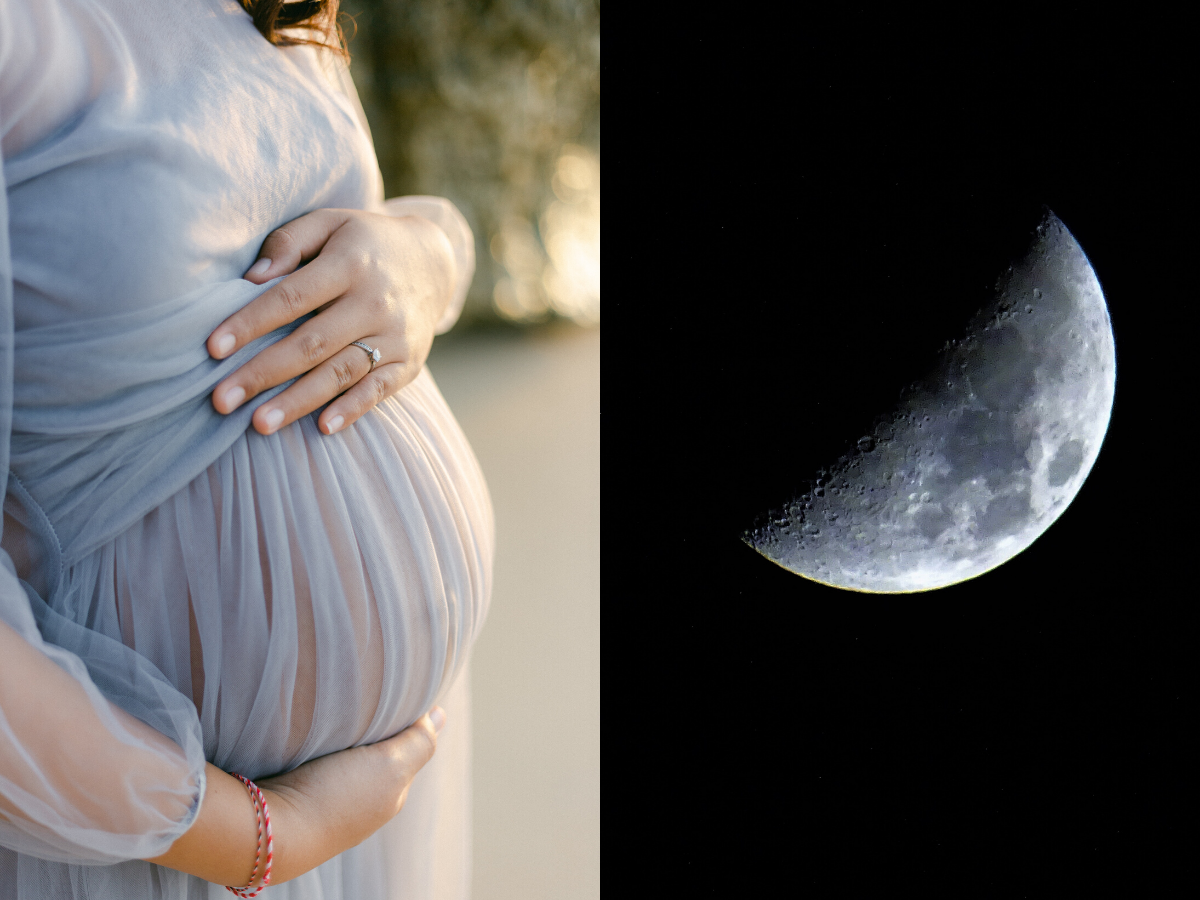
KERI: Destruction of forest cover has likely compelled the Sri Lanka frogmouth — a grey-brown nocturnal bird species that is found in the Western Ghats and Sri Lanka’s forested habitats — to now take refuge in cashew plantations.
Distinguished by its wide, hooked bill with slit-like nostrils and a large head with eyes facing forward, the Sri Lanka frogmouth is related to nightjars — medium-sized birds that are active primarily during twilight.
Anand Melekar, a wildlife enthusiast from Melauli in the Sattari taluka, says he has noticed the species nesting on cashew trees in his village. “Earlier, these birds would build their nests on indigenous species of trees. But with the loss of the natural habitat, they are found to be nesting on cashew trees,” he says.
Similar sightings have been reported in Dharbandora, too. Ramesh Zarmekar, a local wildlifer, says he recently came across a family of Sri Lanka frogmouths in a nest atop a cashew tree.
“Earlier, these birds were hard to locate because they’d nest in dense trees. Now, however, they can be easily noticed on cashew trees, which are shorter and more open,” he says.
The nest of the Sri Lankan frogmouth is made largely of moss and covered on the outside with bark. A single egg is laid, following which both parents share incubation duty. During the day, the birds prefer to stay in the nest as their plumage resembles the colour of dried leaves, making them difficult to spot.
They feed largely on insects that are caught during flight or picked from the ground.
Distinguished by its wide, hooked bill with slit-like nostrils and a large head with eyes facing forward, the Sri Lanka frogmouth is related to nightjars — medium-sized birds that are active primarily during twilight.
Anand Melekar, a wildlife enthusiast from Melauli in the Sattari taluka, says he has noticed the species nesting on cashew trees in his village. “Earlier, these birds would build their nests on indigenous species of trees. But with the loss of the natural habitat, they are found to be nesting on cashew trees,” he says.
Similar sightings have been reported in Dharbandora, too. Ramesh Zarmekar, a local wildlifer, says he recently came across a family of Sri Lanka frogmouths in a nest atop a cashew tree.
“Earlier, these birds were hard to locate because they’d nest in dense trees. Now, however, they can be easily noticed on cashew trees, which are shorter and more open,” he says.
The nest of the Sri Lankan frogmouth is made largely of moss and covered on the outside with bark. A single egg is laid, following which both parents share incubation duty. During the day, the birds prefer to stay in the nest as their plumage resembles the colour of dried leaves, making them difficult to spot.
They feed largely on insects that are caught during flight or picked from the ground.

Coronavirus outbreak
Trending Topics
LATEST VIDEOS
City
 Shocking: Son bangs on the doors of a hospital in UP, but no one opens the door; accident victim dies
Shocking: Son bangs on the doors of a hospital in UP, but no one opens the door; accident victim dies  Covid-19 crisis: Complete lockdown from Saturday 8pm to 5am on Monday in Bengaluru
Covid-19 crisis: Complete lockdown from Saturday 8pm to 5am on Monday in Bengaluru  Pune man dons mask made of gold worth almost Rs 3 lakh
Pune man dons mask made of gold worth almost Rs 3 lakh  Covid-19: Kolkata stops flights from six major cities including Delhi between July 6 and 19
Covid-19: Kolkata stops flights from six major cities including Delhi between July 6 and 19
More from TOI
Navbharat Times
Featured Today in Travel
Quick Links
Kerala Coronavirus Helpline NumberHaryana Coronavirus Helpline NumberUP Coronavirus Helpline NumberBareilly NewsBhopal NewsCoronavirus in DelhiCoronavirus in HyderabadCoronavirus in IndiaCoronavirus symptomsCoronavirusRajasthan Coronavirus Helpline NumberAditya ThackerayShiv SenaFire in MumbaiAP Coronavirus Helpline NumberArvind KejriwalJammu Kashmir Coronavirus Helpline NumberSrinagar encounter
Get the app



